Retro Review: Sound Blaster 16 Value (CT2770) Part 2
November 6th 2021
In Part 1 we explored my Sound Blaster 16 "Value", got the driver software installed and tested, ready to play some games and check out how this thing sounds.
Here's a picture again of the card in question:
Prominent DOS games around this time are listed here:
|
|
You'll see I've also chosen several titles that are older, and hence don't support the Sound Blaster 16 directly. This is so I can compare what came before as well - for these titles we'll evaluate the Sound Blaster or Sound Blaster Pro modes. There are also a few that playback CD audio.
To pitch the CT2770 against some competition, I have these cards:
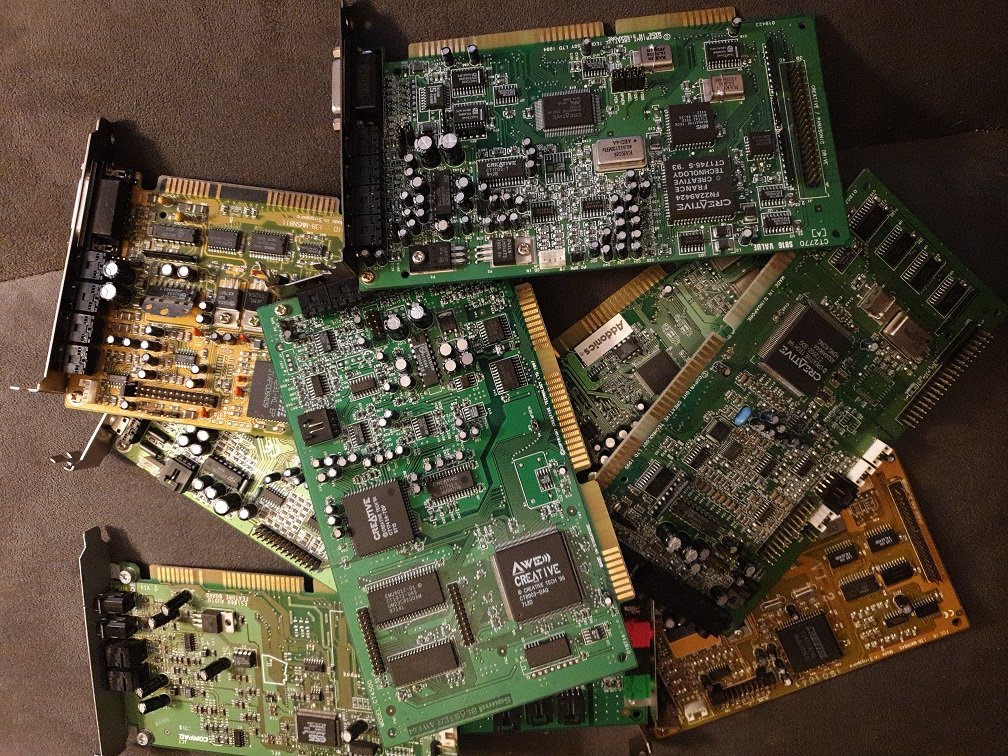
Cards with 16-bit audio capability:
|
Cards with 8-bit audio capability:
Others:
|
So onto the testing... 10 sound cards, 20 games, 24 hours.... - what can go wrong? I'm kidding about the 24 hours.
Let Testing Commence!
All recordings were made via the Line-Out of the sound card. Any special effects (chorus, reverb, 3D, etc) were disabled, and master volume set at around 80%. Audacity v3.0.3 was used to record the inbound audio at a sample rate of 44,100 Hz in stereo. Two file formats were chosen: Ogg-Vorbis which is lossy but recorded at the highest quality setting, and FLAC which is lossless. The playback here in the browser points to the Ogg-Vorbis file, but I've provided links for you to download either the .OGG or .FLAC file.
Using spectrograms captured from a tool called Spek, we can compare each card's timbre (quality). The X-axis is time and the Y-axis indicates the frequency (or pitch) of the sound, from low to high. The colour indicates amplitude (in decibels, or dB) which measures the 'strength' of the sound which are often referred to as 'bright' (high strength) to 'dark' (low strength). I also captured the frequency range using a separate tool, Spectro.
Unfortunately these tests uncovered some issues with a few sound cards. My Addonics-branded Yamaha Audician 32 Plus appears to be faulty, with FM audio cutting in and out for seconds at a time - most likely bad capacitors. I have a replacement on order, which is this ATC-6631 v1.3 card that more closely resembles the Philips PCA750AF.
WARNING: This page is set to pre-load the audio tracks - this process can take 30 seconds or more even on a fast broadband connection, so look out for the 'Audio loading, please wait...' message to disappear. **
You can play the tracks individually, but I've added a "Sync Play" facility to allow you to cycle between the cards within each game for easier comparison. It's not perfect as some of my recordings don't align 100%. Just flick the switch to turn Sync Play on, then use the Previous and Next buttons to move between sound cards - the current position within the recording will be retained as you move back and forth.
Thoughts...
OK, so these cards are not all equal: we have a mix of 8-bit (22 KHz) and 16-bit (44.1 KHz) audio cards that are playing back Sound Blaster Pro or Sound Blaster 16 tracks respectively, mixed with General MIDI wavetable and pre-GM Roland MT-32. As a direct comparison to the 16-bit 44.1 KHz CT2770 is the Aztech Sound Galaxy Pro 16-II 3D and the AWE64. Bringing up the old guard with 8-bit Sound Blaster Pro audio are the ESS1868 Audiodrive, the Ad Lib MSC16 PnP and Yamaha Audician 32 Pro (OPL3-SAx). Finally, we have the outliers with GM support: Ensoniq AudioPCI, Roland SC-55, Yamaha MU80, and finally the Roland MT-32. As mentioned, some of the games titles don't even support Sound Blaster 16 - you may still be able to use them as a comparison to evaluate how noisy a card is against its peers.
Duke Nukem 3D - I think it's just the tune, but it's a poor offering compared to the GM one. It's flat and uninspiring. I still need to record the Aztech on this game, but I don't hold out a great deal of hope. Compared to the 8-bit cards the CT2770 is noticeably richer.
Dune - It is probably no surprise that the best config mode to choose is the Roland MT-32, but if you're looking at non-sampled sound, read on. The Aztech card sounds like it's clipping in the audio here, but it's not - they just used a strange 'clicky' sound as part of the drum backing for this. It's less noticeable on the CT2770, but only because it's softer at the lower end of the frequency scale. The AWE64 just edges ahead of the CT2770 in this game with its slightly cleaner output.
Dune 2 -
Gabriel Knight: - Sins of the Fathers - This epic soundtrack by Robert Holmes is very atmospheric, and suits the mood of the game well. I doubt you would disagree with me that the GM versions are by far the strongest, with Roland SC-55 as the stand-out (unsurprising given the soundtrack was optimised for Sierra's GM driver and back then Sierra used SC-55 for most composing work). But what about the rest? The Aztech Sound Galaxy Pro16-II 3D sounds great, but is almost identical to the CT2770 in fidelity. The AWE64 here sounded too tinny and flat, and was bettered even by the ESS Audiodrive 1868.
Star Wars: Dark Forces - This game did *not* like the OPL3SAx card (Yamaha Audician 32 Plus) - it would play music for a second, then drop out to no audio, then come back. No changes in settings would fix it.
King's Quest VII - Like Dark Forces, this game did *not* like the OPL3SAx card (Yamaha Audician 32 Plus) - it would play music for a second, then drop out to no audio, then come back. No changes in settings would fix it. It too did not like the MT-32 or my Yamaha MU80 in GM mode - silence.
Star Wars: TIE Fighter -
So Was it Worth Buying a Sound Blaster 16 for DOS?
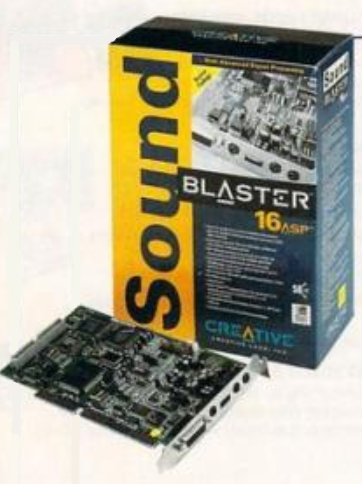 The common response to this question for many was 'of course!'. With a Sound Blaster 16, playback and recording went from 22 KHz up to 44.1 KHz, so twice the sound quality, right?
The common response to this question for many was 'of course!'. With a Sound Blaster 16, playback and recording went from 22 KHz up to 44.1 KHz, so twice the sound quality, right?
Well, not necessarily. Let's look a little deeper at what this means...
An analogue sound wave is converted into digital data by taking frequent 'snapshot' measurements, or samples. Sound cards take thousands of these measurements every second throughout the sine wave, giving us the amplitude at each point - with enough of these samples we can reconstruct the shape of the original analogue sine wave digitally, and play it back.
Sound Blaster Pro and earlier cards typically took 22,000 samples per second, which is 22 Kilohertz (KHz) - this is known as the sample rate or sampling rate. The Sound Blaster 16 took twice as many samples per second: 44,100, or 44.1 KHz sampling rate, resulting in a closer recreation of the original sine wave.
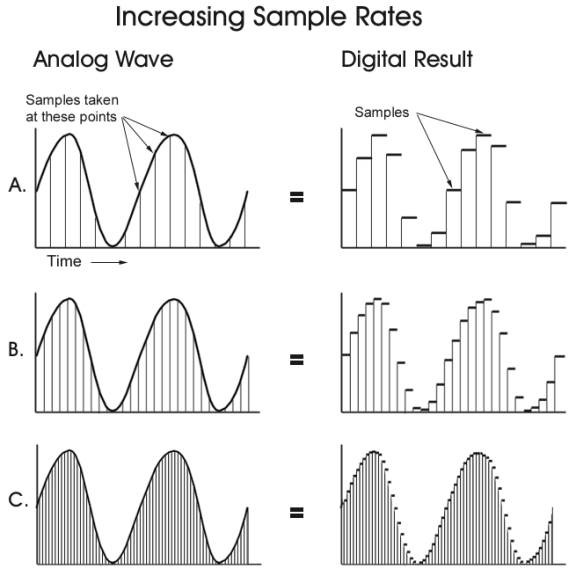
For recording audio, this is excellent - a Sound Blaster 16 can record at this CD audio quality of 44.1 KHz, and play it back in equally good quality. As you can imagine, the file size of recordings at this higher quality is double that of the lower quality.
So if you were buying a Sound Blaster 16 to record your own audio, it was a great choice. The problem was that for most of us, we bought such a card solely for playing games, and most sound samples that games used were recorded at the poorer-quality 22 KHz, so playing this back using a card that has the ability to playback at 44.1 KHz doesn't help improve the quality (the card cannot 'make up' the missing samples in something recorded at a lower sample rate).
As the era of the CD-ROM dawned, more games came with 16-bit (CD-quality) audio samples, including:
- Epic Pinball (1993)
- Doom II (1994)
- One Must Fall 2097 (1994)
- Terminal Velocity (1995)
So ignoring the fact that most games only supported 8-bit audio (22 KHz samples), was there any other benefit to buying a Sound Blaster 16 for DOS gaming? I have to say, not really, but here's some food for thought:
1) Low noise (depending on the model). If you got a Creative SB16 with the CT1703-A DAC, these had the lowest noise of all the Sound Blaster cards to date, but numerous competitors produced 'cleaner' cards.
2) Wave Blaster header - this wasn't unique to Creative for very long, so lots of other options from competing manufacturers, and often at a cheaper price point.
3) Hanging Notes bug - this was a problem unique to Creative cards when using the MIDI port, so an easy way to avoid this is not to get a Creative Labs card.
In my opinion, until CD-ROMs really took off, you were far better off with a top-of-the-line Sound Blaster Pro with working stereo sound in games that supported it (a much longer list than SB16 support), than a Sound Blaster 16. Even better though was to avoid Creative Labs card entirely, though I understand at the time, they were so competitive on price it was hard to ignore. With knowledge these days of what else was around, you can find better cards and external modules from other manufacturers if you really want the best sounding and cleanest audio in your games.
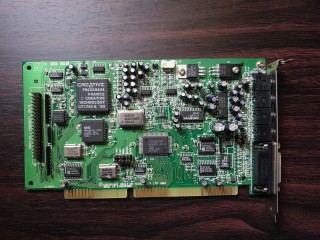
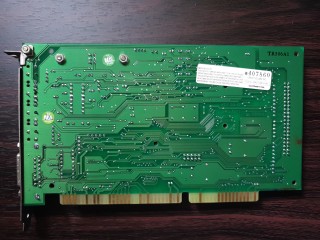
 Descent (Interplay)
Descent (Interplay)


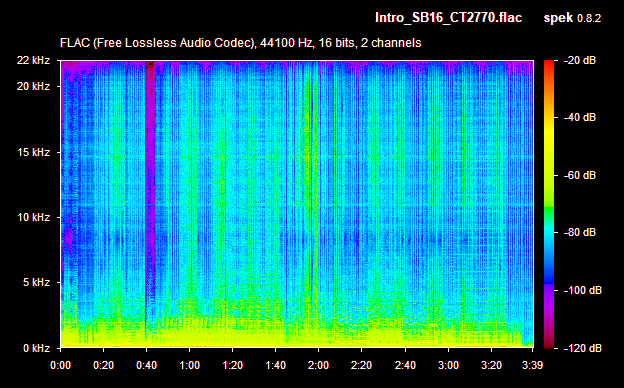
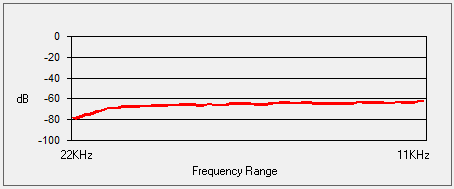
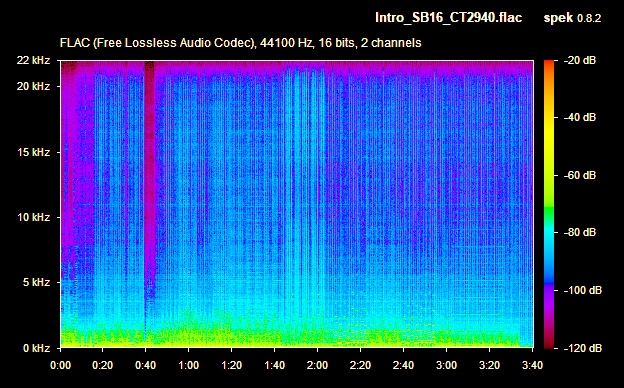
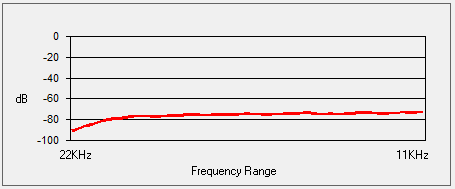
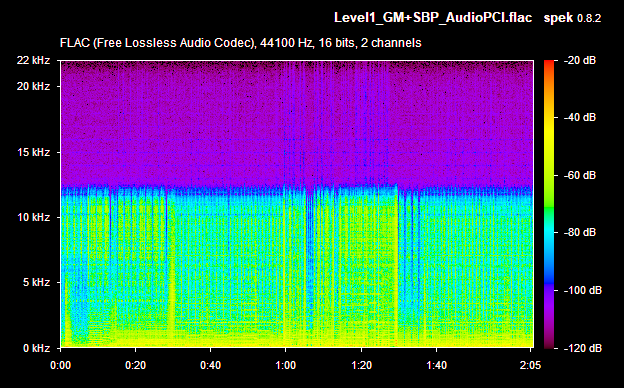
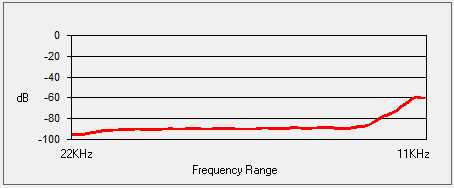
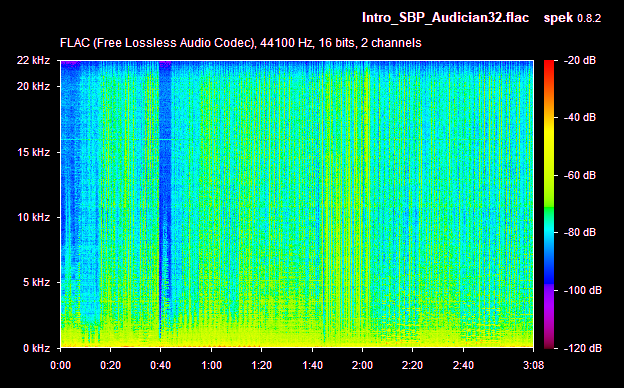
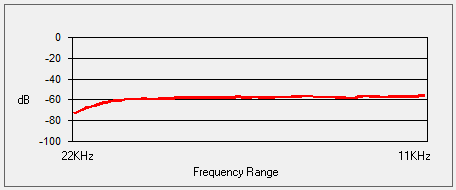
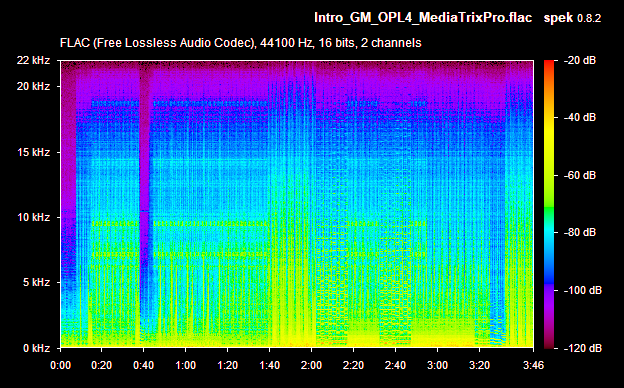
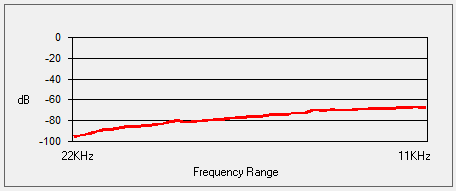
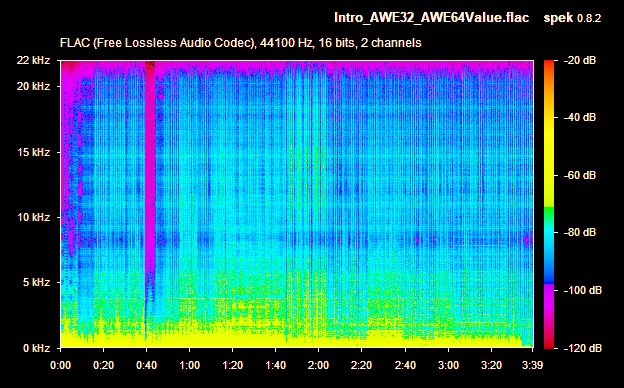
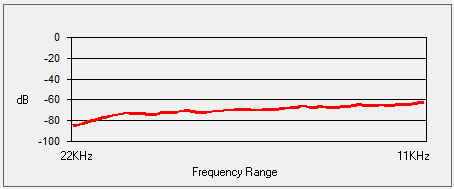
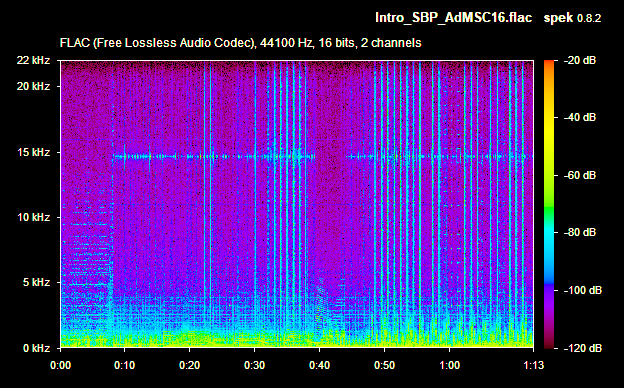
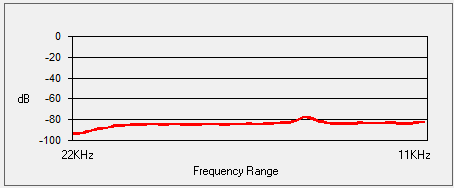
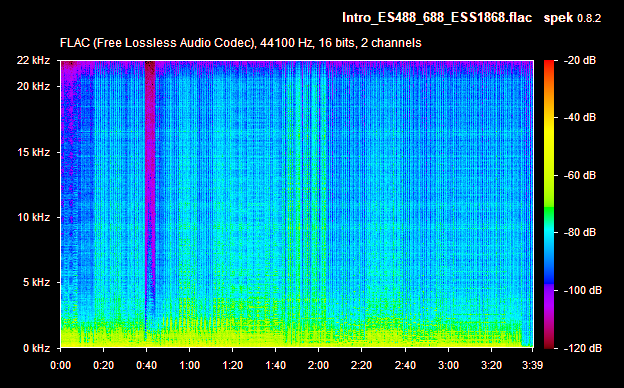
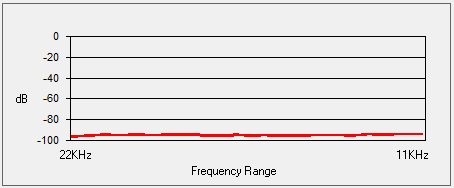
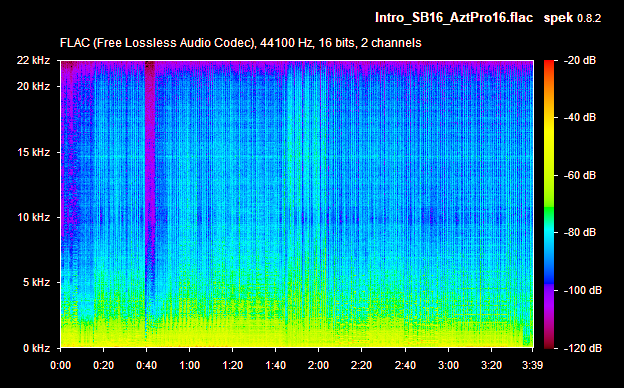



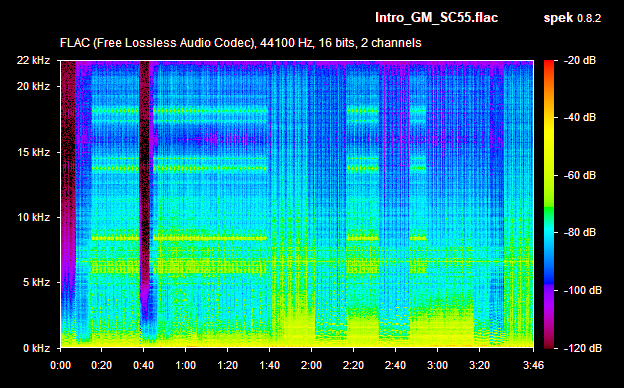
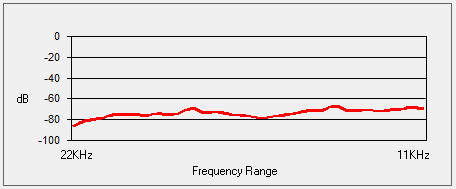
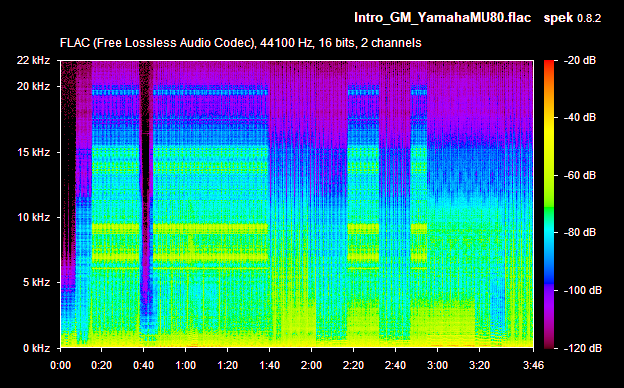
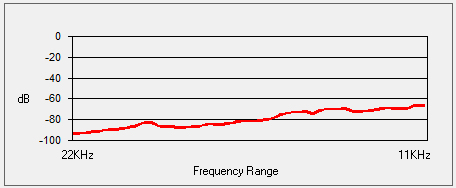
 Dune (Virgin Games)
Dune (Virgin Games)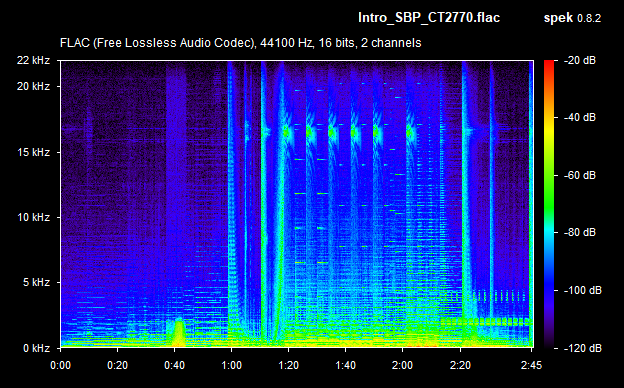

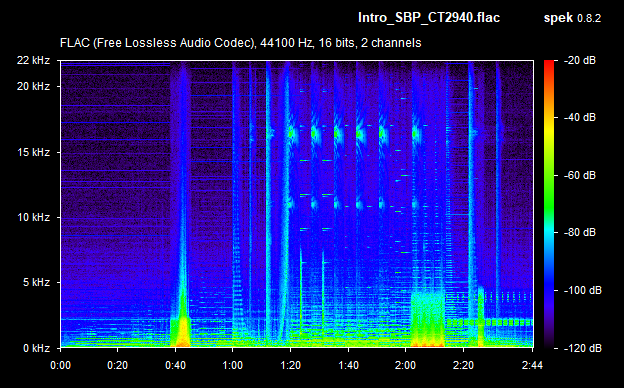
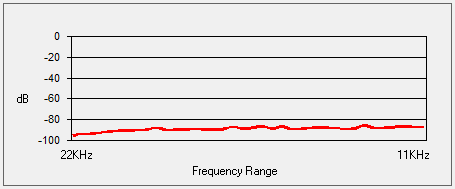


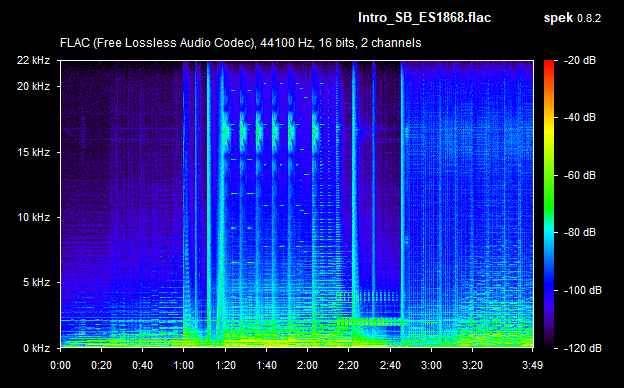
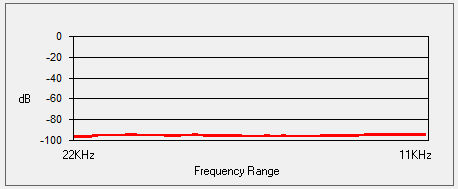
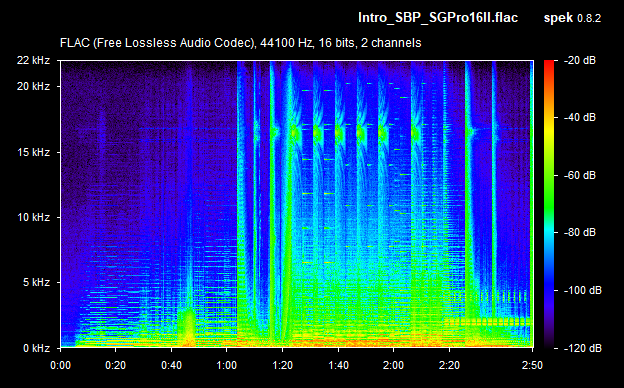
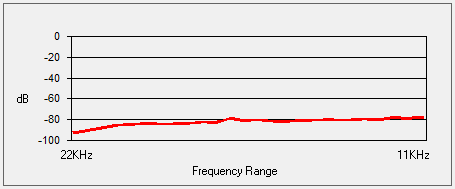
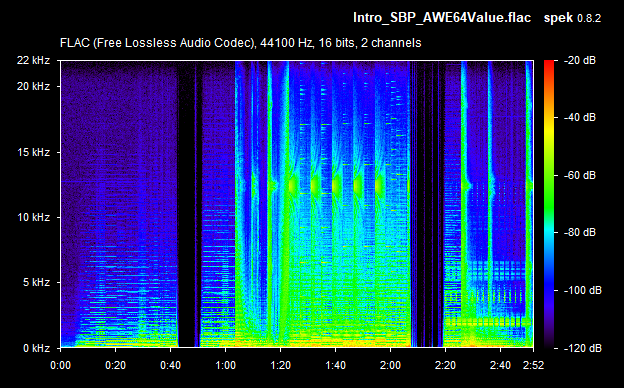



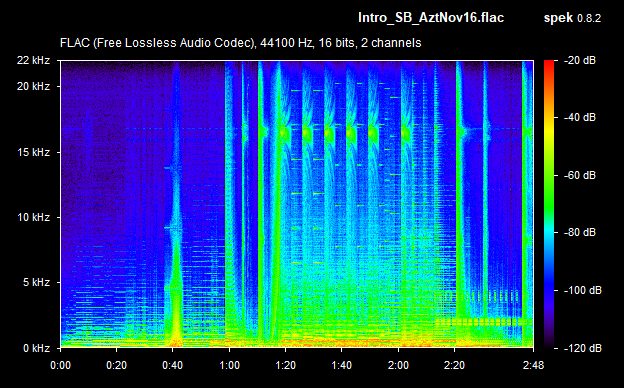
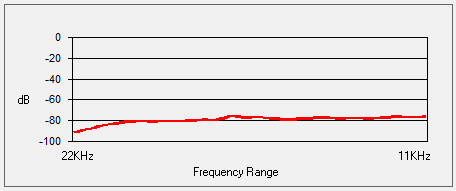
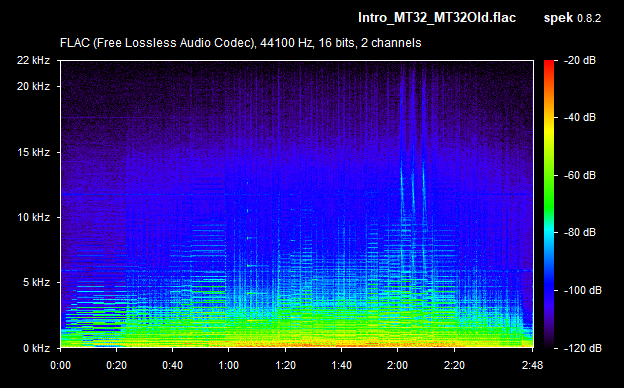
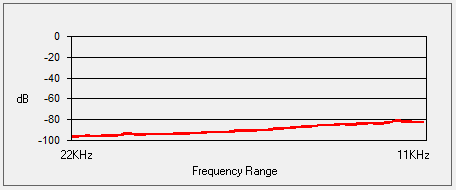
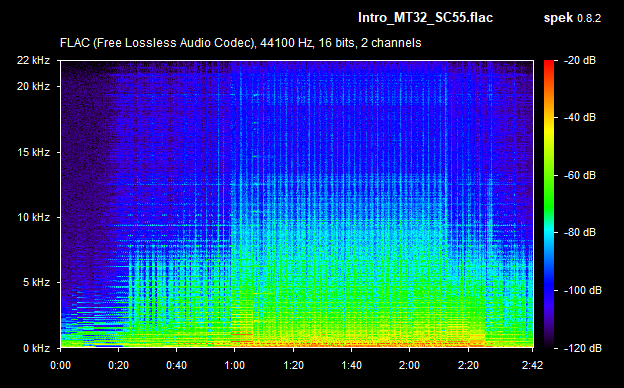
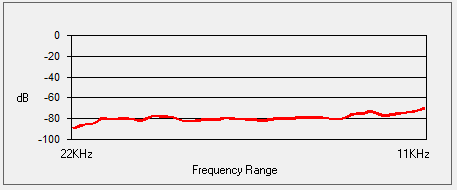
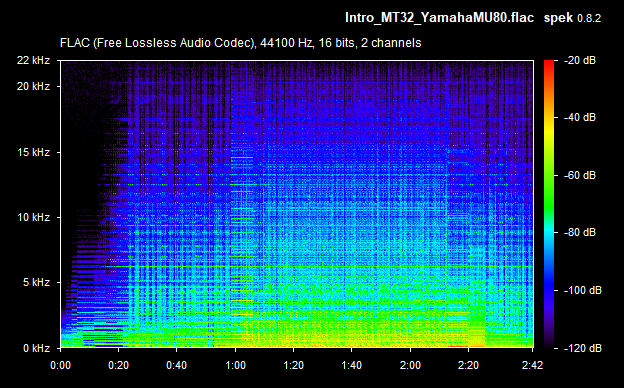
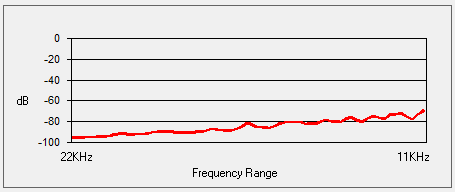
 Gabriel Knight: Sins of the Fathers (Sierra On-Line)
Gabriel Knight: Sins of the Fathers (Sierra On-Line)
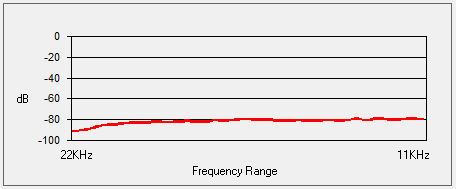
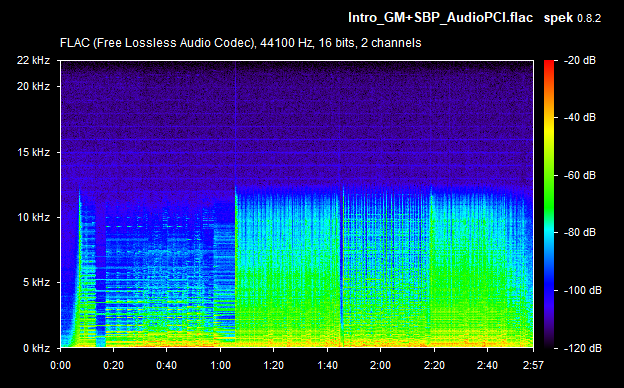

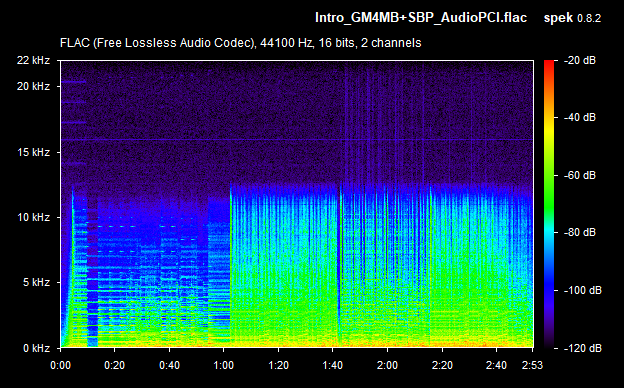
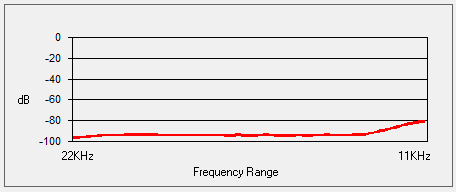
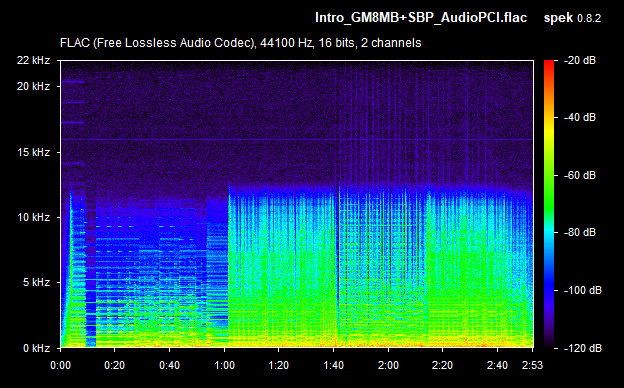
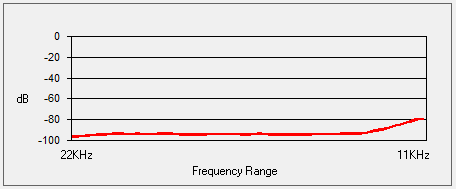
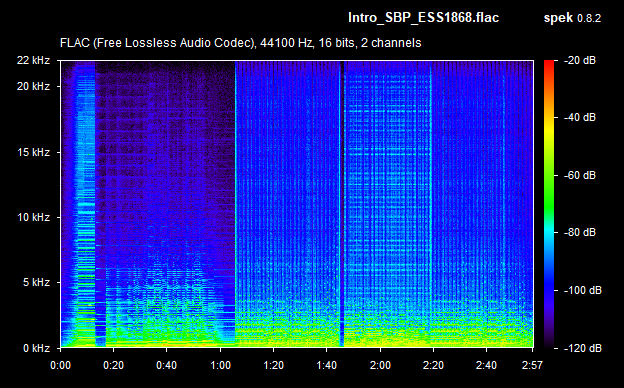
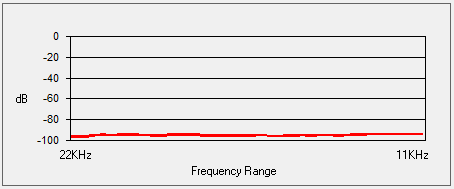
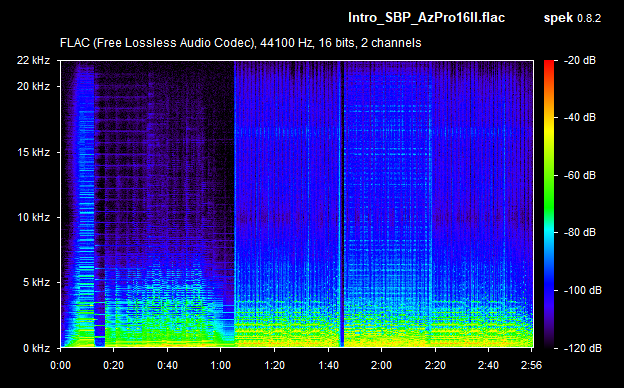
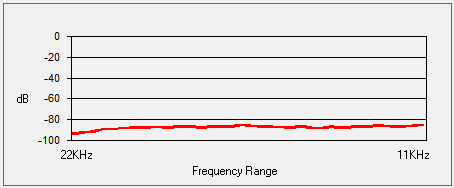

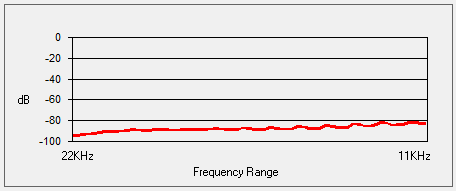




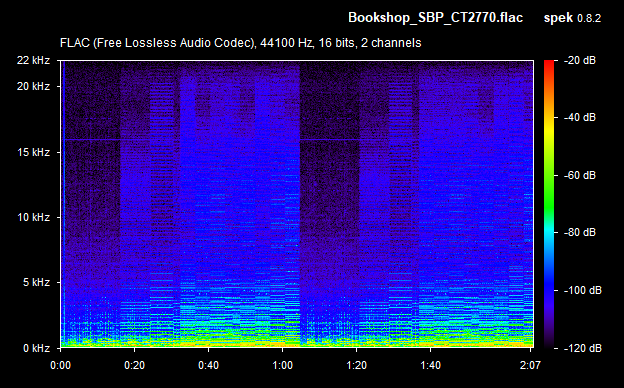

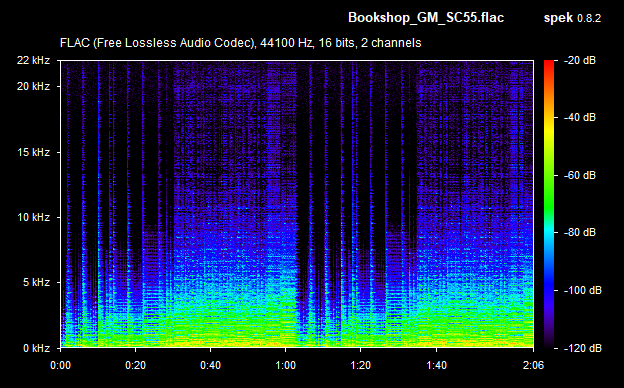
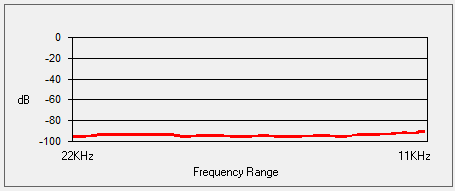
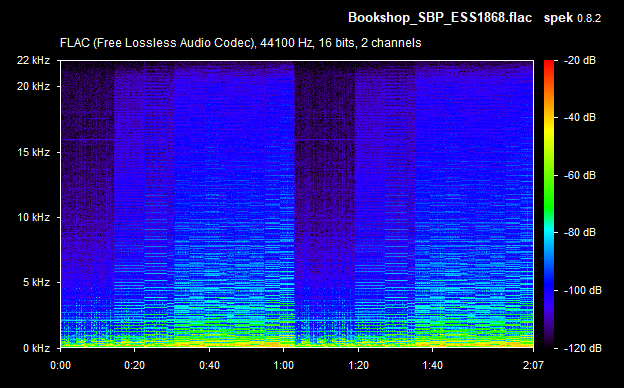
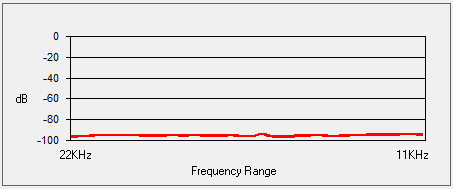
 Star Wars: Dark Forces
(LucasArts)
Star Wars: Dark Forces
(LucasArts) System Shock
(Looking Glass)
System Shock
(Looking Glass)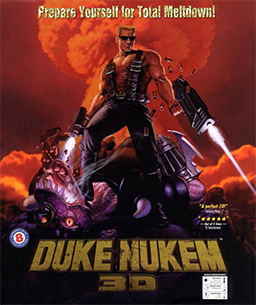 Duke Nukem 3D (3D Realms)
Duke Nukem 3D (3D Realms) Wing Commander II: Vengeance of the Kilrathi (Origin)
Wing Commander II: Vengeance of the Kilrathi (Origin) Star Wars: TIE Fighter (LucasArts)
Star Wars: TIE Fighter (LucasArts) King's Quest VII (Sierra On-Line)
King's Quest VII (Sierra On-Line) Dune 2 (Westwood Studios)
Dune 2 (Westwood Studios)